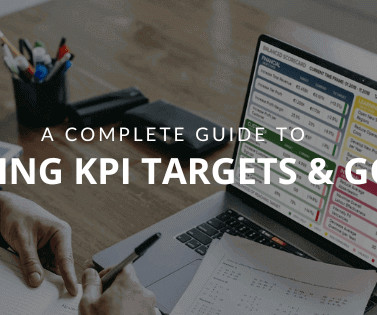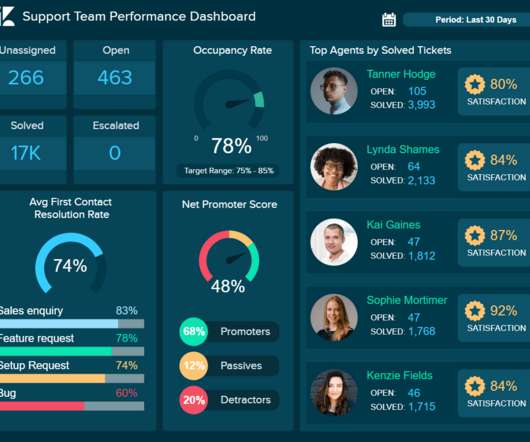A Beginner’s Guide To Inventory Metrics And Best Practices
datapine
AUGUST 19, 2020
Collecting big amounts of data is not the only thing to do; knowing how to process, analyze, and visualize the insights you gain from it is key. Your Chance: Want to visualize & track inventory KPIs with ease? You can calculate it by dividing the costs of goods sold by the average inventory. What Are Inventory Metrics?














Let's personalize your content